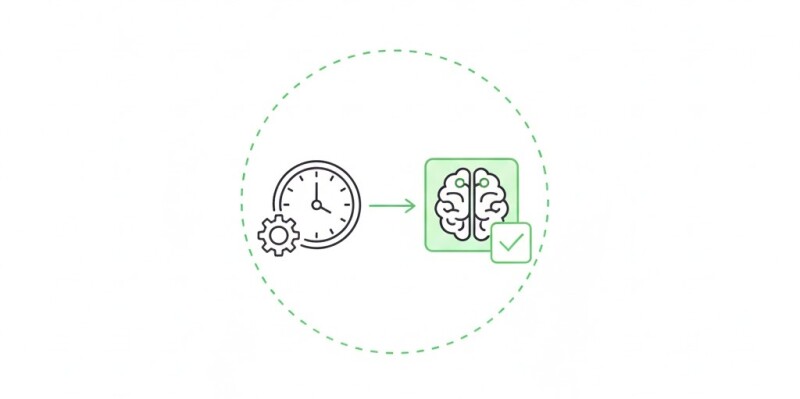Real-Time Considerations: Determinism Next to AI
Edge AI promises intelligence near the machine, but not all workloads can tolerate latency. When AI inference runs next to real-time PLC control, timing precision becomes a safety and performance issue.
Why Determinism Matters
Traditional AI frameworks operate in best-effort mode, meaning they respond “as soon as possible.” Real-time industrial systems, however, must meet deterministic deadlines — often under 10 ms cycle times. The challenge lies in integrating both worlds.
Balancing AI and Control
- Core isolation: Dedicate CPU cores for PLC or motion control tasks.
- Priority scheduling: Use real-time kernels like PREEMPT-RT or Xenomai.
- Edge partitioning: Run inference on GPU, while PLC logic executes on a separate thread or container.
Common Integration Architectures
- AI module feeding diagnostic data to PLC via OPC UA or shared memory.
- Separate edge compute node connected to control network via TSN.
- Dual-OS setups: Linux for AI, real-time RTOS for I/O tasks.
Case Example
An automotive supplier integrated an NVIDIA Jetson next to a Beckhoff controller. By isolating CPU cores and using TSN for synchronization, they achieved sub-5 ms end-to-end latency without jitter.
Related Articles
- Jetson Orin vs Intel iGPU vs AMD: A 2025 Buyer’s Guide
- Thermals, Enclosures, and Dust: Designing Rugged Edge Nodes
- GPU Sharing at the Edge: Containers and Scheduling
Conclusion
AI at the edge is powerful, but timing rules the factory. With deterministic design, inference and control can coexist — safely, predictably, and in real time.









































Interested? Submit your enquiry using the form below:
Only available for registered users. Sign In to your account or register here.